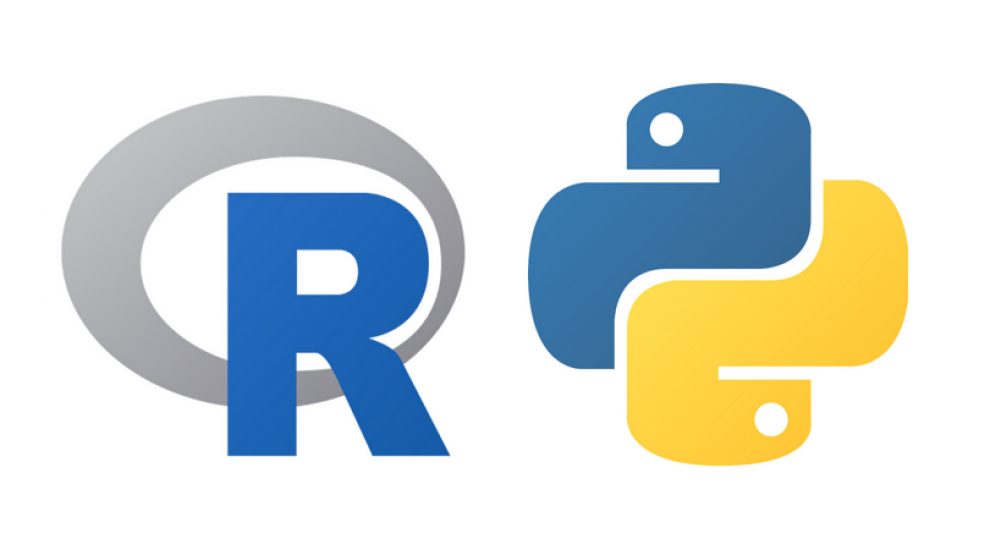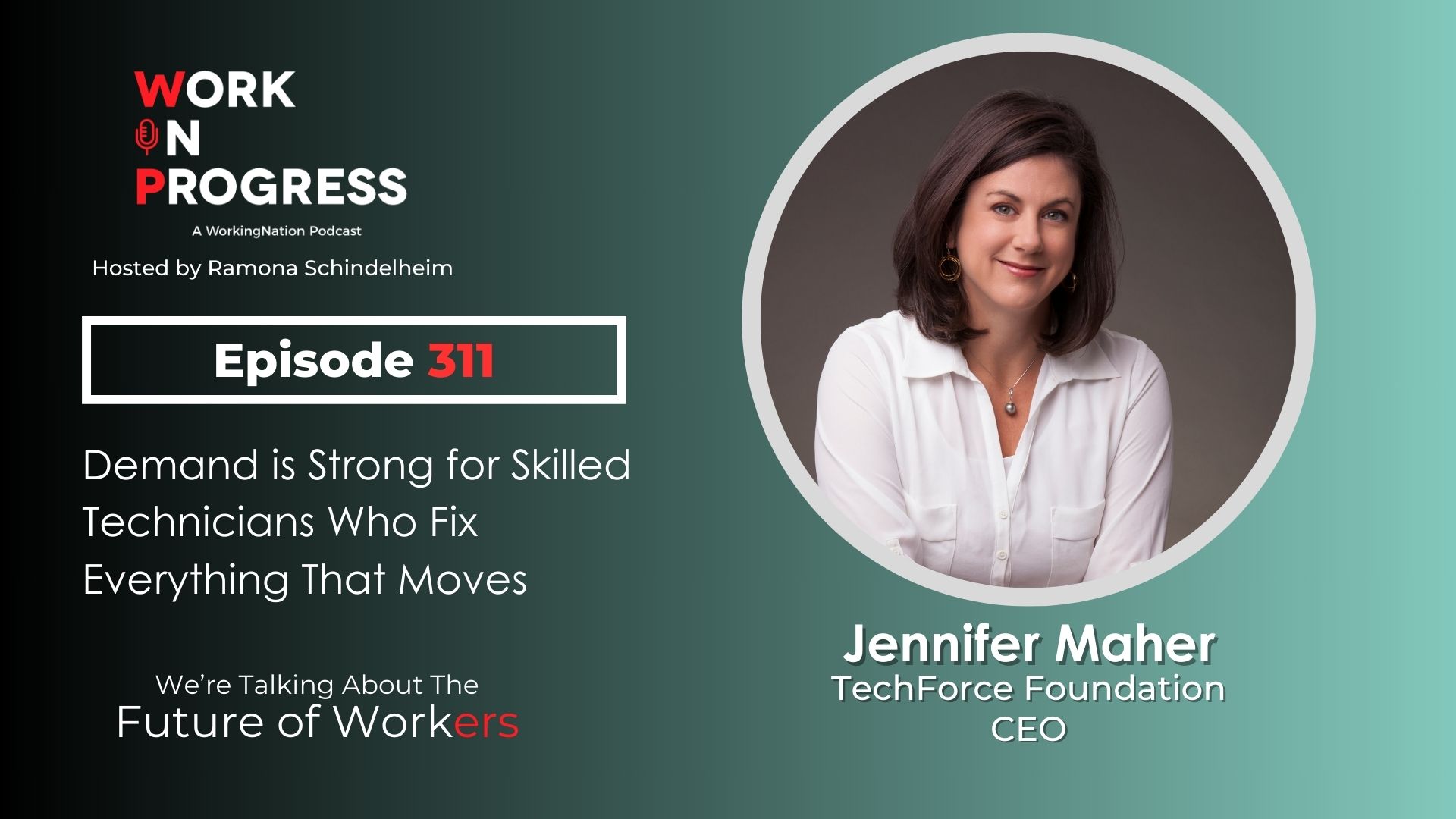
At the forefront of the AI revolution, in a future where data-driven decisions are becoming the norm around the world, lies the continually evolving field of data science. Data scientists are basically the detectives of the tech industry.
A good data scientist must have data intuition, an understanding of cause and effect, the motivation to find trends and identify variables, the proficiency to verify whether a method fits a model and the ability to communicate their findings.
But behind each data scientist is a programming language that serves as the essential tool allowing them to demonstrate those capabilities — and usually, it comes down to these two languages: R or Python.
Both languages facilitate machine learning, work with large datasets or create complex visualizations. They are free and Open Source, which contribute to their popularity and allow them to have large libraries available.
You will find numerous surveys comparing the popularity of these two languages. When you look at the more recent polls that focus on programming languages used for data analysis, R stands out as the clear winner, even when comparing it directly to Python. However, people are switching more frequently over to Python from R.
RELATED STORY: Getting to know the R programming language
While these numbers demonstrate how each of the languages is flourishing in the world of programming, it’s hard to compare them next to each other, mainly because you will only find R in a data science/statistics environment.
Even though you probably won’t be left behind regardless of which one you choose, how do you decide on which one to learn? Is there one that is more cutting-edge?
This is a familiar debate amongst data scientists, and I am going to try and make the breakdown as simple to understand as possible.
Choosing between R and Python depends on what you’re looking to accomplish.
- R is for statistical analysis, and Python is for general purpose programming. This means that R is for a more specific purpose, while Python is utilized to write software for a wider variety of application domains.
- R is used when the data analysis task requires standalone computing or analysis on individual servers. You can utilize Python when your data analysis tasks need to be integrated with web apps or if statistics code needs to be implemented into a production database.
- Python is better for data manipulation and repeated tasks, while R is better for ad-hoc analysis and exploring datasets.
Are there any clear advantages of one language over the other?
Let’s start with Python.
As a beginner, Python is considered easier to learn. R has a pretty steep learning curve because statisticians developed it for statisticians. Python has an easier-to-learn syntax.
- Since Python is a general programming language, learning it gives you the skills to go beyond just data analysis — you can build a website from Python or understand command-line tools.
- Programmers think Python coincides with the way programmers think more than R does, and therefore it translates over to other languages more easily. As mentioned above, the roots of R lie in statistics, so it has a unique design. If you want to go down the road of learning other general purpose languages, Python is the language to pursue.
- A large part of data analysis is cleaning up the data beforehand. It’s nice to clean data with a full-service language like Python because you can add new functions and layers to take apart your data. If these functions require local storage or web access, it’s fairly easy to include these with Python.
- Python is evolving with time. New code is being introduced and breaking old code, which makes Python a living language. This leads to more open source code and solutions. R’s steps are not as forward-thinking. Instead, it has stayed pure.
- Python moves more quickly than R. This is because R was developed to center around the convenience of statisticians, not the convenience of the computer.
What are R’s advantages?
- R is great for statistical analysis.
- R is also built around a command line, but many people work inside of environments like RStudio or R commander that include a data editor, debugging support, and a window to hold graphics as well. Python has tried to catch up with this with IDEs like Eclipse or Visual Studio.
- Visualized data can be better understood than raw numbers. R and visualization go hand-in-hand. It includes quite a few packages that correspond with this. Pythons visualizations are a little more convoluted, and there aren’t as many visualization libraries to choose.
Is there an advantage to learning both?
The two can definitely reflect on each other. The first stage of data aggregation can be accomplished with Python when you need to scrape data from websites, files or other data sources.
Then you could let R apply the optimized statistical analysis routines built into the language to the data that’s been gathered and cleaned for you. You could consider Python the preprocessing library for R.
Before you choose between the two languages, ask yourself the following questions:
- What kinds of problems are you looking to solve?
- Are you looking to do statistical analysis specifically, or are you looking to do more than that?
- How do you want your data results to be represented?
- What kind of tools are available to each of these languages and how can they help me accomplish my goals?
Why don’t you try out R and Python yourself and see what you think?
You can check out tutorials and examples of R on Code School You can download Swirl and get started with R right away! You can also check out both R and Python online at DataCamp.
RELATED STORY: Why you should pick up Python skills first
It is quite possible that you may have to learn both, depending on what company you end up working at and what they use. Job trends have indicated that there an increasing demand for both skills, and the wages are well above average.
In truth, the differences between these two languages are growing more and more minimal. At this point, the features that one program or the other could handle are now possible in both. There are even libraries to use Python with R, and vice versa – so you can have the best of both worlds.
This article is part of WorkingNation Associate Producer Jaimie Stevens’ “Starting Out in Tech” series where she shares her insight into becoming a computer programmer. Catch up on her previous articles here.
Join the Conversation: Share your thoughts on the latest Starting Out in Tech column on our Facebook page.











